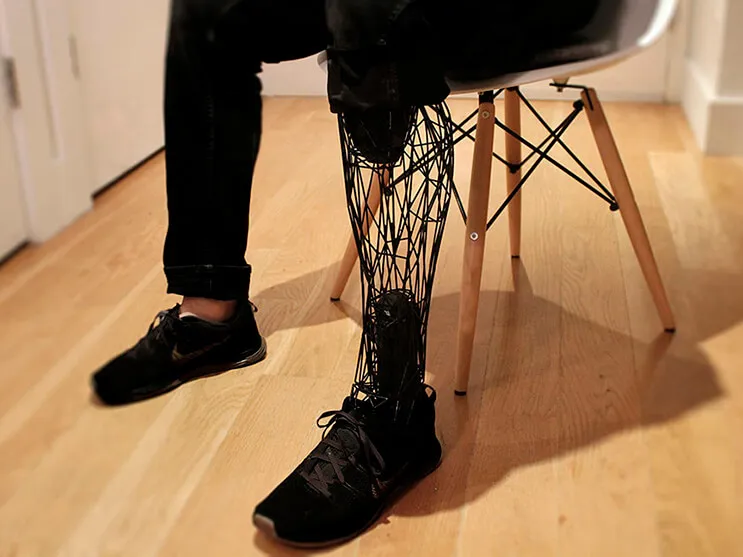The so -called diabetic foot is one of the most frequent complications suffered by patients with type 2 diabetes and Spain is the second country in the world with the most amputations of lower limbs due to this pathology, only behind the US.
And it is that metabolic syndrome is currently one of the main public health problems in the 21st century.Characterized by the presence of abdominal obesity, arterial hypertension and disorders in cholesterol levels and blood triglycerides is often the prelude to the appearance of diabetes, which continues to increase every day worldwide.
In fact, this syndrome is associated with an increase of five times the appearance of type 2 diabetes and up to two or three times in the case of cardiovascular disease (ECV).
Diabetes is the most frequent cause of non -traumatic amputation of the lower limb in Spain
As Dr. Francisco Javier Ena Muñoz, coordinator of the Diabetes and Obesity Group of the Spanish Society of Internal Medicine (SEMI), during the XII Diabetes and Obesity Meeting of this Society, there are many diseases associated with this pathology, standing out, highlighting this pathology, highlightingThe so -called diabetic foot.
“Spain is the second country in the world, behind the United States, with more amputations of lower limbs because of type 2 diabetes, which prevents the normal healing of wounds.This implies that diabetes is the most frequent cause of non -traumatic amputation of the lower limb in Spain, since seven out of ten cases are due to this pathology, ”warned the expert.
In addition, between 24-40% suffer as associated disease diabetic nephropathy, which represents the progressive loss of kidney filtration capacity.This affects, greater risk of cardiovascular complications, such as the stroke or the death of cardiovascular cause, while conditioning the selection of drugs that can be administered to treat diabetes.
adequate diabetes control in the elderly patient
During the meeting, and within the framework of the round table: update in diabetes and obesity, the vice president of the SEMI, Dr. Ricardo Gómez strikes, presented under the title: “What has changed in the treatment of DM2 in the patient in the patientold man?New consensus of societies "
Advanced patients are usually more fragile when approaching for diabetes control and other diseases that can accompany it.Therefore, it is essential to bring adequate control of diabetes, “that is precisely what we are looking for with the creation of a new consensus of societies, optimal care of elderly patients suffering from diabetes;In addition to updating and putting in the novelties related to the treatments of type 2 diabetes in these patients, ”said Dr. Muñoz.
In this sense, it is essential to bring adequate control of diabetes, since otherwise elderly patients who are especially tired may also present visual alterations and falls.Something similar happens with malnutrition in these elderly patients, since recovery time for the loss of muscle mass prolongs and increases the risk of infections, which implies that it has to be especially guarded by health professionals.
Obesity is one of the main causes of morbidity and mortality
For its part, obesity is the most prevalent metabolic disease in the world and currently supposes one of the main causes of morbidity and mortality.To this, the increase in fat consumption in the diet and a more sedentary type of life, which has led to that, in the last 20 years, the childish and youth population underwear and obesity is growing is increasing.
Therefore,"Both the general population and the public administration must keep in mind that the prevention of childhood obesity must be a priority to avoid its consequences," says Dr. Ena Muñoz.“To avoid this, it is very important that there is an increase in knowledge of dietary and nutrition at the school level.The work of educators and family is key to improving dietary habits and physical exercise, ”adds the specialist.
In addition, there are other diseases related to obesity, such as the vitamin D deficit or the risk of fracture in patients with osteoporosis, due to the difficulty in their mobilization and the increase in the number of falls of obese patients.


